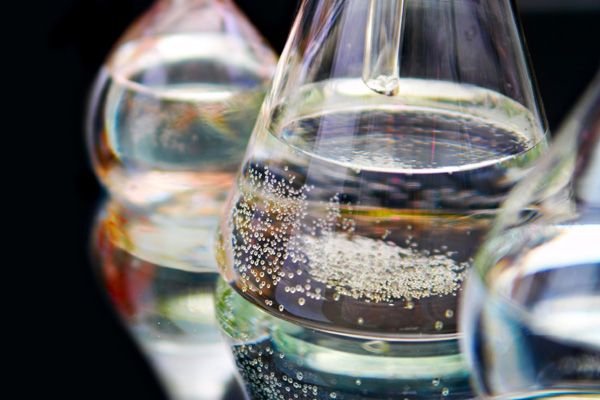New Limit Proposed for PFOA
Published on by Water Network Research, Official research team of The Water Network in Government
Environmentalists welcomed a proposal by New Jersey’s Drinking Water Quality Institute to set a tough new limit on the presence of PFOA, a toxic chemical, in drinking water.
 If adopted, the new standard for PFOA would make the state a national leader in regulation of the chemical.
If adopted, the new standard for PFOA would make the state a national leader in regulation of the chemical.
The DWQI, a scientific panel that advises the Department of Environmental Protection, recommended a maximum contaminant limit (MCL) of 14 parts per trillion (ppt) for the chemical.
This is significantly lower than guidance levels of 70 ppt and 40 ppt set by the U.S. Environmental Protection Agency and the New Jersey DEP, respectively.
The chemical – formally called perfluorooctanoic acid – was commonly used for non-stick cookware, stain-resistant fabrics, and firefighting foam, and was phased out by eight major U.S. manufacturers following a voluntary agreement with the EPA in 2006 with the goal of eliminating it by 2015.
Other manufacturers, especially outside the U.S., continue to make the chemical, adding to water contamination that is left over from previous production, the DWQI said.
PFOA in public water systems may expose people to kidney and testicular cancer, high cholesterol, thyroid disorders and hypertension in pregnancy, according to an EPA health advisory in May this year. Animal tests have found the developing fetus is particularly sensitive to PFOA, which also has been linked to liver and kidney toxicity and immune-system problems.
The chemical was found in 12 New Jersey water systems supplying water to 1.3 million people at levels above the state’s guidance level at various times over the last nine years, the DEP said in January.
In 2014, a long-delayed DEP report said it found PFOA and other perfluorochemicals (PFCs) in two-thirds of New Jersey water systems sampled in 2009 and 2010. PFOA was the most common type of PFC, found in 55 percent of water systems, including Atlantic City, New Brunswick and Paulsboro.
In its latest report issued on Monday, the DWQI said PFOA can enter the environment from firefighting foams; disposal in landfills; wastewater treatment plant discharge; street and storm water runoff; and land application of biosolids, industrial solid waste, and wastewater. On an individual level, sources of exposure to PFOA include treated fabrics, protective sprays and waxes, and cosmetics and personal care products, DWQI said.
Advocates for a lower limit on PFCs said the proposal represents significant progress after several years of inaction by the state.
The Delaware Riverkeeper Network, an outspoken advocate for tougher limits on PFOA and other members of the PFC family of chemicals, welcomed the DWQI’s proposal as a milestone in regulation of the chemical. The network’s deputy director, Tracy Carluccio, called the recommendation “the biggest step” by any government entity toward setting a safe drinking water standard for the chemical. “If DEP follows through and adopts it, it will be the strictest in the nation and set a new bar for the removal of these toxins from our drinking water,” she said.
The DWQI is expected to formally adopt the recommendation at a meeting on Sept. 22 and then put it out for public comment for 60 days. Comments will be reviewed by the DWQI’s working groups and any changes will be incorporated into a final report before being submitted to DEP Commissioner Bob Martin.
Read full report at: NJ Spotlight
Media
Taxonomy
- Public Health
- Treatment
- Biochemistry
- Water Supply
- Public Health
- Chemicals